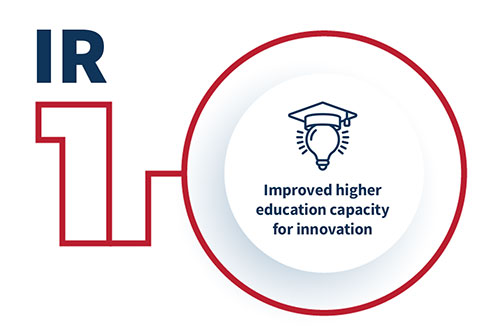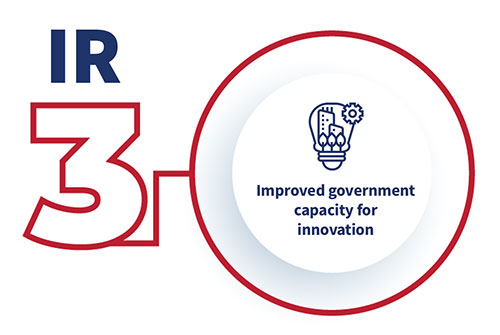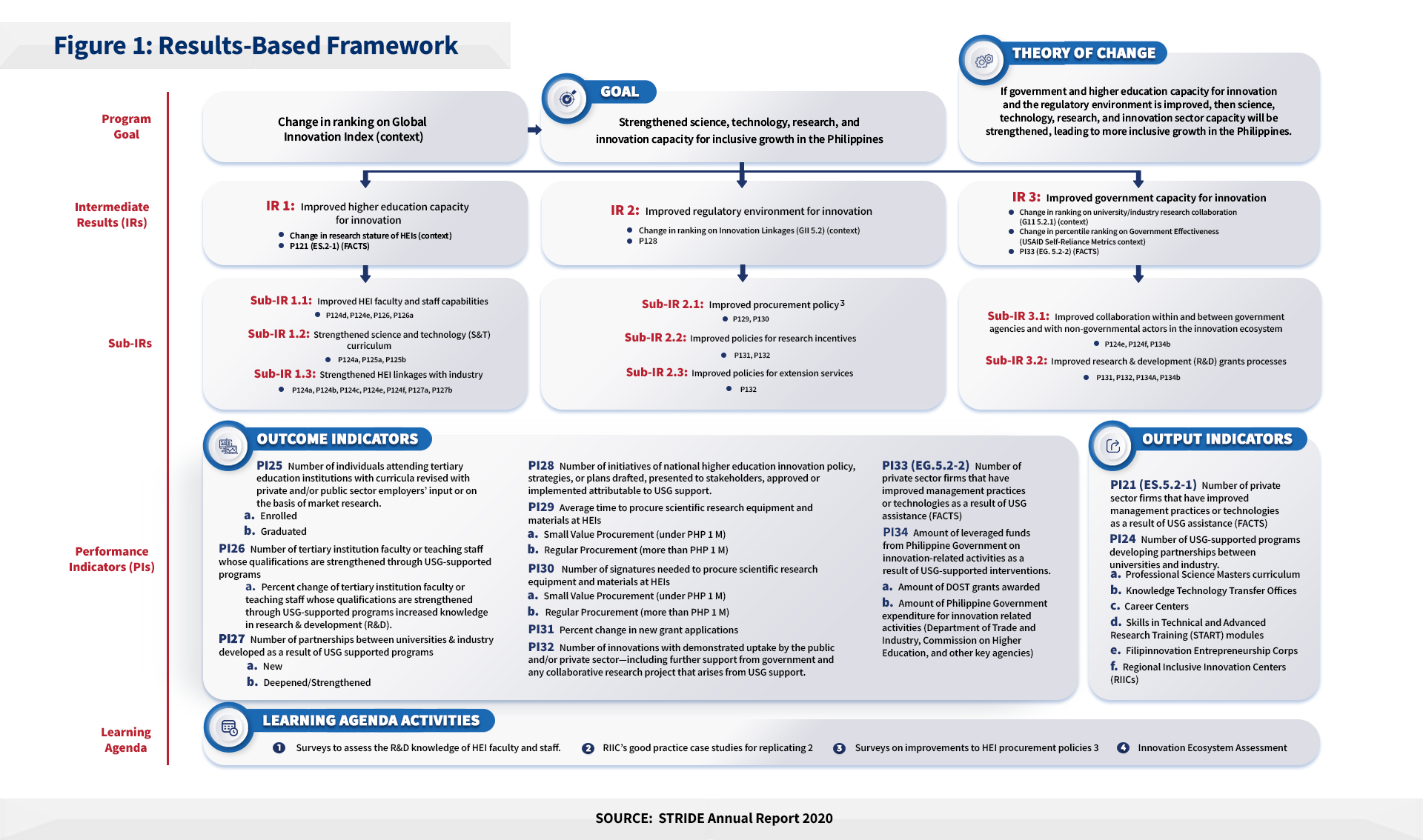STRIDE is an eight-year, USAID-funded activity to enhance innovation-led economic growth in the Philippines through building the university sector’s capacity for industry-relevant applied research. STRIDE worked closely with the Government of the Philippines through the Department of Trade and Industry (DTI), Department of Science and Technology (DOST), Commission on Higher Education (CHED), and higher education institutions (HEIs) throughout the country; a network of knowledge and technology transfer offices (KTTO) and career centers in Philippine universities; and other innovation stakeholders and networks of innovation agents. STRIDE implemented different components of the activity throughout the country, focusing on sites of the Cities Development Initiative of the USAID.
USAID/PH launched STRIDE in response to multiple pressing challenges that the Philippines faces at the global and local levels. These challenges require science. technology, innovation, and partnership to promote innovation and upgrading in Philippine industries. They include:
Intensifying competition from globalization and regional integration
Increasing natural disaster, environment degradation, and climate change
Persistent poverty and increasing inequality
Specifically, the Philippines lacks even the minimum number of scientists and technologists needed for innovation-driven development and faces insufficient investment in science and technology (S&T) human resource development, research and development (R&D), and physical infrastructure. Low innovation-driven development and inadequate investment in S&T result in low industrial and agricultural productivity, overall inefficiency, and meager output of knowledge products such as scientific publications, patents, and innovations. Moreover, long-standing legal, financial, and administrative rules and practices that stifle R&D, innovation, and productivity place a burden on the S&T sector in particular and Philippine society in general and have prevented science, technology, innovation, and partnership goals of poverty reduction and sustainable development.
A disconnect occurs between Higher education institutions (HEIs), as producers of research, and those in the private sector, the consumer of this research.





